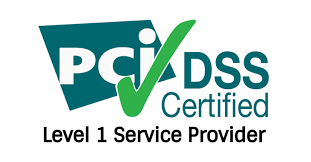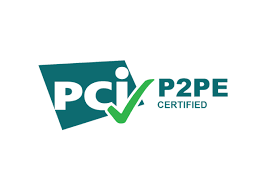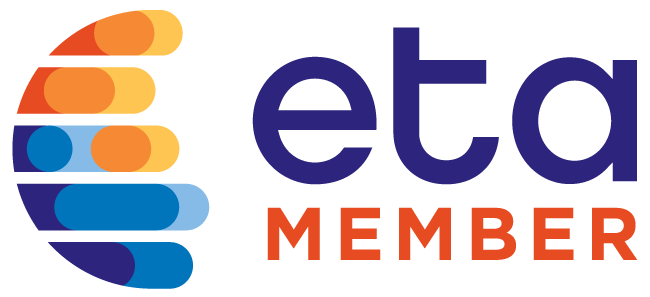Introduction
“If there’s one thing I’ve learned in my 22 years in the industry, it’s that controlling costs is essential for eCommerce success. With over two decades of experience, I’ve helped countless eCommerce companies streamline their processes, cut unnecessary costs, and improve profit margins. After working with hundreds of businesses, from startups to established brands, I’ve noticed that the same eCommerce Business challenges keep coming up. The strategies I share here are based on real-world insights, tried-and-tested methods, and practical cost-reduction techniques for eCommerce success. Let me share what I’ve seen, and more importantly, what works.”
Major Challenges Faced by eCommerce Businesses
1. High Operating Costs:
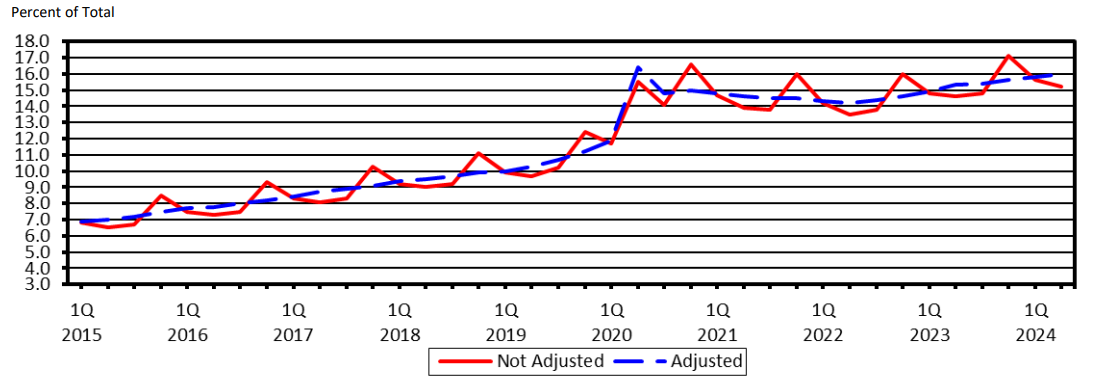
According to the U.S. Census Bureau, total eCommerce sales in the U.S. have grown in the second quarter of 2024 to $291.6 billion, an increase of 1.3 percent from the first quarter of 2024, reflecting growing operational complexity as businesses scale.
As eCommerce operations scale, the rise in associated costs (e.g., logistics, inventory management, warehousing) becomes more pronounced.
2. Logistics Challenges of eCommerce:
Logistics can feel like a maze, especially when you’re trying to satisfy today’s fast-delivery expectations.
According to Statista research, in 2021, the global eCommerce logistics market was worth over 441 billion euros. By 2026, influenced by the growth in online sales, the eCommerce logistics market will increase to approximately 770.8 billion euros in size.

3. Customer Acquisition and Retention Costs:
I see a lot of eCommerce businesses struggle to keep their customer acquisition costs (CAC) manageable.
Digital advertising, customer loyalty programs, and retention strategies are costly, and rising ad prices make customer acquisition increasingly challenging.
As of 2024, the average Customer Acquisition Cost (CAC) varies significantly across eCommerce sectors. Here are some key statistics:

Invespcro reports that CAC is consistently climbing as digital advertising costs rise.
More recently, a study indicated 50% increase in average CAC for digital businesses over five years, emphasizing the escalating challenges faced in customer acquisition due to factors such as increased competition and rising ad costs on platforms like Facebook and Google.
If you’re spending most of your budget on acquiring customers, it leaves very little room for other essentials, which is why finding ways to keep these costs low is so crucial.
4. Manual and Repetitive Tasks:
Many eCommerce businesses spend countless hours on manual tasks like order processing automation and inventory updates. Routine activities such as order processing and customer service take up valuable resources and are often ripe for automation.
According to McKinsey, repetitive processes can be streamlined through automation, potentially saving up to 30% in labour costs.
For me, automation is a no-brainer; it lets teams focus on growth rather than getting bogged down in daily tasks.
5. eCommerce Payment Processing and Security Concerns:
The growing complexity of online payments, combined with the need for advanced security measures, brings additional expenses in processing fees and fraud prevention.
According to a study done by Guardian, over 2,000 phishing attempts by fraudsters were reported.
This rise in payment fraud has pushed businesses to invest more in robust security systems. Beyond safeguarding against threats, meeting regulations like GDPR and PCI- DSS is essential not just to protect customer data but also to avoid heavy penalties.
10 Cost- Reduction Strategies for eCommerce Businesses
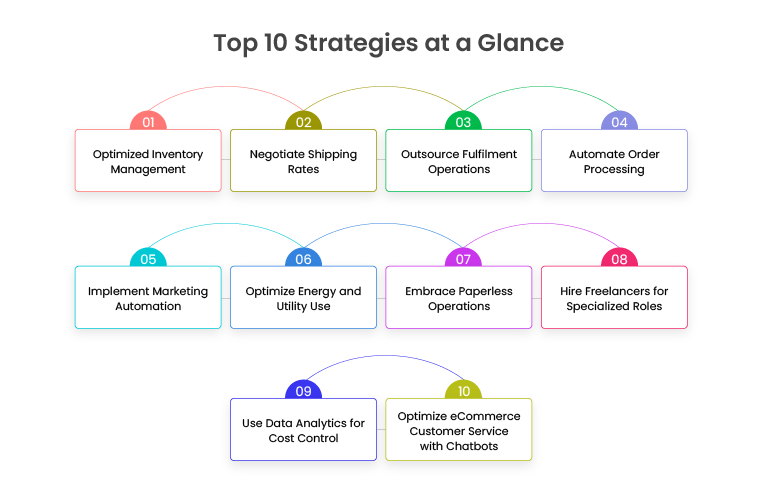
Now that we’ve covered the main eCommerce industry challenges, let’s dive into ten practical cost- saving strategies I’ve used with clients to tackle these exact issues.
1. Optimized Inventory Management:
Maintaining inventory can be a huge cost drain if not carefully managed. Through eCommerce demand forecasting, businesses can better predict when items will sell, reducing overstocking and stockouts. For some clients, alternative models like consignment or drop shipping have lowered upfront inventory costs significantly.
2. Negotiate Shipping Rates:
Shipping costs are a significant part of eCommerce businesses’ expenses, and the good news is, they are negotiable. Negotiating better rates with shipping carriers can have a substantial impact on your margins. I’ve seen businesses reduce eCommerce shipping rates by working closely with their shipping partners, reviewing their volume and frequency, and securing lower rates.
- Negotiate Better Transaction Fees- In addition to eCommerce shipping rates, transaction fees from payment processors are another area where negotiation can pay off. By evaluating the overall transaction volume and demonstrating a consistent history, many businesses can leverage their steady business relationship to lower fees.
- Negotiate Better Terms with Suppliers- Building strong relationships with your suppliers is crucial. I recommend focusing on long-term partnerships where both sides can benefit. You may find that negotiating better payment terms or volume discounts can significantly lower your cost of goods sold (COGS) and improve your cash flow.
- Cost of Manufacturing- Whether you’re producing your own products or outsourcing production, the cost of manufacturing directly impacts your profit margins. I’ve worked with many eCommerce brands to identify ways to cut manufacturing costs, from shifting to more affordable materials to optimizing production processes for better efficiency.
3. Outsource Fulfilment Operations:
Rather than building and managing a fulfilment centre, many eCommerce businesses I work with have found that outsourcing to third-party logistics (3PL) providers gives them access to large-scale operations and lower rates without the heavy overhead.
4. Automate Order Processing:
I always recommend automating where possible to reduce human error and speed up repetitive tasks. Automated order processing systems streamline operations and eliminate the need for manual tracking, cutting labour costs and enhancing order accuracy.
5. Implement Marketing Automation:
Leveraging marketing automation can save you hours of manual work and streamline outreach to potential customers. For smaller operations, I suggest outsourcing specialized tasks to bring in expert- level efficiency. Dual purpose support- where a single hire handles both operational and marketing automation- can maximize the value of these resources.
- Leverage External Expertise for Streamlined Operations and Marketing Support: Bringing in specialized marketing consultants can maximize campaign results while keeping costs controlled. Experts can pinpoint high-ROI areas, making marketing investments more effective.
- Gain Immediate Access to Specialized Expertise: Marketing automation consultants bring advanced skills, which allow your team to access new tools and techniques faster without lengthy training periods.
- Negotiate for Dual-Purpose Support (Operations + Marketing): Some consultants or agencies offer integrated support for both operational efficiencies and marketing activities, combining services to drive cost savings.
- Enhance Website Speed: Faster loading times reduce bounce rates, improve conversion rates, and enhance SEO rankings. This boosts organic traffic and reduces the need for paid advertising, cutting down acquisition costs.
6. Optimize Energy and Utility Use
Warehouse costs often balloon from unchecked energy expenses. Energy-efficient lighting, solar solutions, or scheduling peak-time operations can reduce costs while enhancing sustainability.
7. Embrace Paperless Operations
Going digital is more than just an eco-friendly move—it cuts down on paper, printing, and storage costs. Digital invoices and online communication help streamline processes while saving on supply costs.
8. Hire Freelancers for Specialized Roles
Hiring full-time employees isn’t always cost-effective, especially for short-term needs. Freelancers provide the flexibility to bring in expertise for specific projects without the long-term costs associated with full-time staff.
9. Use Data Analytics for Cost Control
Data-driven decisions help businesses focus spending where it’s most effective. From understanding the cost-effectiveness of acquisition channels to identifying bottlenecks in the order fulfilment process, analytics provide insights that translate into real savings.
10. Optimize eCommerce Customer Service with Chatbots
Handling customer service in-house can be expensive, especially as demand scales. eCommerce Chatbots can manage basic inquiries, directing more complex issues to human agents as needed, making customer service more affordable and responsive.
How Unity Pay Helps E-Commerce Businesses Implement These Strategies

Unity Pay offers tools and features to help eCommerce businesses implement these strategies without overextending resources.
Here’s how Unity Pay complements each cost-cutting strategy:
- Seamless Payment Processing: Our streamlined, PCI-compliant solutions reduce errors and lower processing costs, supporting efficient and secure payments.
- Data-Driven Insights: With analytical capabilities, we help you identify cost-cutting opportunities, giving insight into purchasing trends and operational efficiency.
- Flexible Pricing Models: Our adaptable pricing ensures you only pay for what you use, allowing small to mid-sized businesses to stay on budget.
- Enhanced Security Features: Our advanced security features safeguard transactions, lowering fraud-related costs and enhancing customer trust.
- Efficient Customer Support Solutions: Unity Pay’s automated tools, including chat support, allow businesses to maintain high service levels without the staffing costs.
Conclusion
In my experience, cost-cutting is about more than just slashing numbers. It’s about finding smart ways to keep the business lean and responsive while still delivering top-notch service to customers. These ten strategies aren’t just quick fixes—they’re methods I’ve seen make a real difference for eCommerce businesses. From negotiating shipping rates to automating tasks, these practices help businesses control costs without sacrificing growth potential.
Implementing these strategies gives you the freedom to focus on what matters most: delivering value to your customers and growing sustainably. With tools like Unity Pay for secure, efficient continuous process, but each step brings your businesses closer resilience, flexibility and success in the ever-competitive eCommerce space.
FAQs
Effective eCommerce inventory management, such as demand forecasting and optimizing stock levels, helps businesses avoid overstocking and stockouts. This reduces storage and logistics costs, improving cash flow. Investing in an inventory management system can streamline this process, ensuring you only hold what’s necessary to meet demand, which is crucial to reducing operating expenses.
Reducing costs in eCommerce is essential for improving profit margins and reinvesting in growth areas like marketing and product development. Lower operational costs allow businesses to price more competitively, which attracts and retains customers, helping the business grow while staying financially sustainable.








